Growing eustoma at home
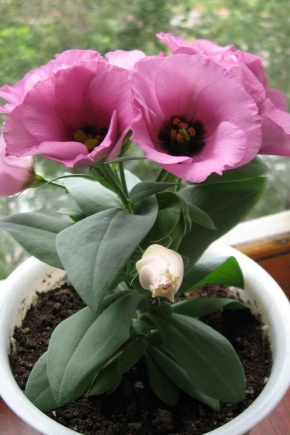
Eustoma (and also the "Irish rose" or lisianthus) is considered one of the most beautiful houseplants. For some growers, it resembles a miniature version of a rose, for others it seems like a colorful poppy. In this material, you will learn about the features of growing eustoma at home.

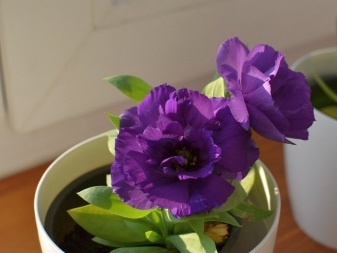
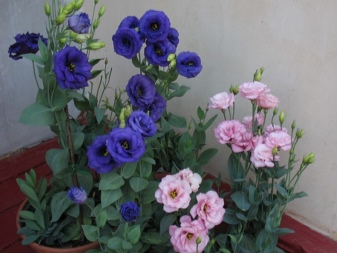
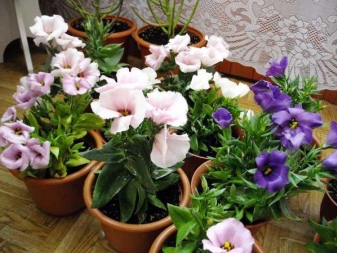
Indoor views
Today, flower growers are actively growing about 5 species and varieties of perennial eustoma at home. A brief description of these varieties will be given below.
- Large-flowered eustoma. It is the most common variety and is characterized by oblong or oval leaf blades, large bell-shaped flowers, and bright colors of white, red, blue or orange.
The species includes the following varieties: Wonderus Light Brown, Colorado Purple, Roccoco Marine White, Advantage Green.
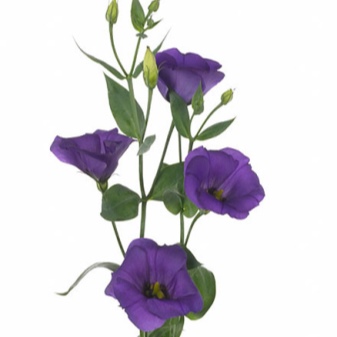

- Eustoma "Riddle". It is characterized by a small height (up to 20 cm), as well as large double petals with a bright cobalt or blue color.
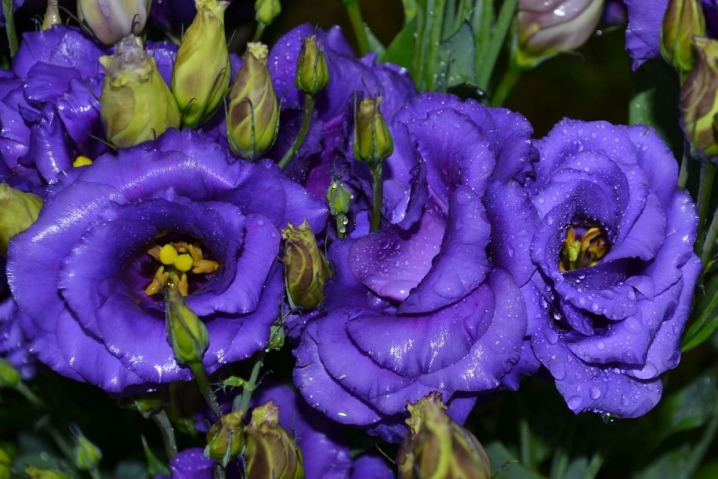
- Little Bell. It also has a small height of up to 20 cm and is distinguished by a large number of green shoots. Inflorescences are small, funnel-shaped, most often of a light shade.
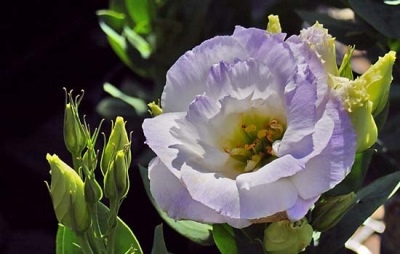
- Eustoma "Fidelity". It is distinguished by its small height and many small white buds.
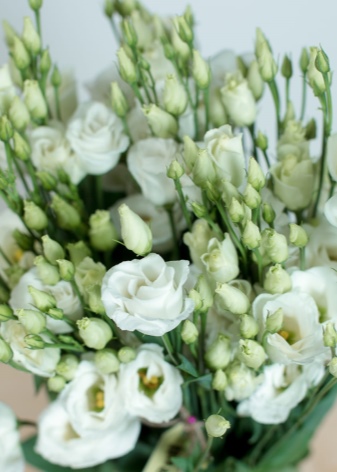
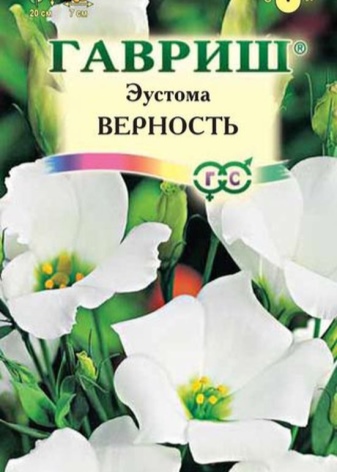
- Florida Pink. It is characterized by large pink buds that brighten and decrease in size over time.
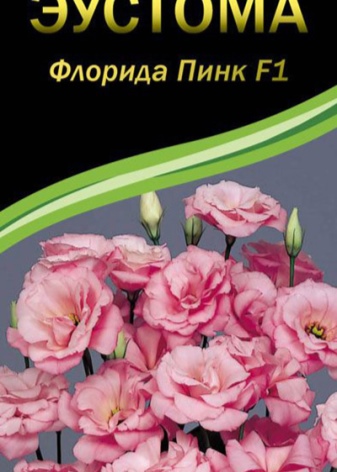
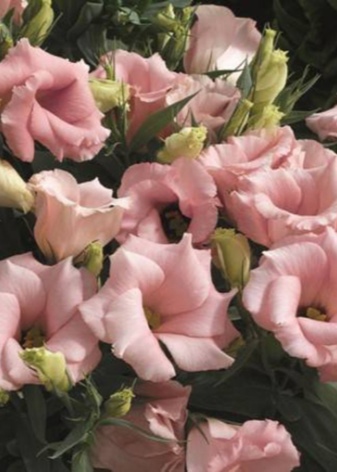
Conditions of detention in the apartment
Among domestic plants, eustoma is considered a very finicky lady. Not all conditions are suitable for growing this flower indoors. Here are the main points that should be paid attention to those who want to grow such a flower.
Temperature and humidity
Unfortunately, eustoma cannot be called a frost-resistant flower - these plants can get sick and dry even from minimal drops in temperature. In addition, the temperature in the room, as well as the level of humidity, affect not only the immunity of eustoma, but also the development of dangerous fungal diseases.
If we talk about optimal temperature values for growing seedlings of this plant, they should not fall below + 22-23 degrees... If we are talking about night time, then slight fluctuations in temperatures are allowed here - not lower than +18 degrees Celsius.
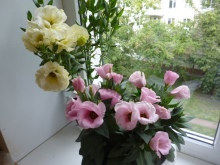
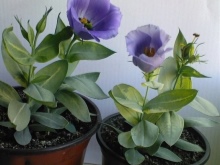

The same requirements apply to water for irrigating eustoma - it must be exclusively at room temperature. If we talk about the level of humidity, then it should be moderate - no more than 50-60%. To increase it, containers with water are installed near the plant pot; alternatively, you can resort to regular spraying of the soil near the flower, without touching its leaves and buds.
In any other conditions, and especially with high or low humidity levels, the immunity of eustoma becomes defenseless against fungal diseases that adore large amounts of moisture.
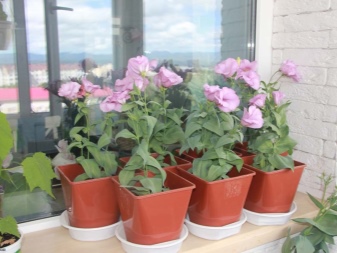
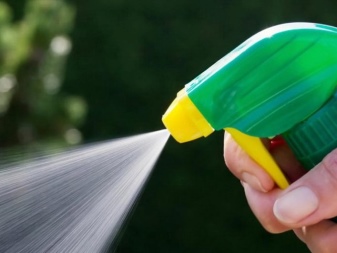
The soil
If we talk about the type of soil for growing healthy and beautiful eustoma at home, then the purchased option is best suited - ideally, this is the soil for growing violets.
You can create a substrate for growing eustoma yourself. The composition of the optimal soil for growing lisianthus at home should consist in equal proportions of peat, humus, river sand and meadow land.
Particular attention should be paid to the acidity of the selected soil - it is better if it is weak or neutral. To neutralize high acidity, lime or chalk is added to the soil.
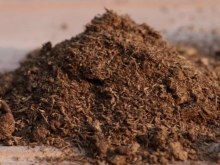
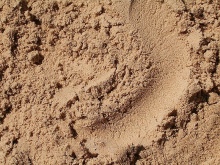
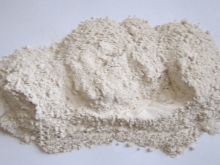
If you do not know how to determine the acidity of your soil, you can use the following scheme: just drop a little vinegar on a piece of selected soil. If after that the soil began to bubble a little, this means that it contains some amount of lime, and you are dealing with slightly acidic or neutral soil. If bubbles are absent or weakly manifested, you are dealing with acidic soil, where there is practically no lime and reactions with the release of hydrogen oxide are impossible.
Regardless of the selected type of soil, a drainage layer of pebbles or expanded clay must be placed on the bottom of the tank. Since eustoma does not tolerate stagnation of moisture, drainage is needed to remove it from the roots.

Choice of containers
The choice of capacity when growing eustoma too is very important and includes several subtleties, which will be indicated below.
- To grow healthy and beautiful eustoma, plastic pots are best. It is in this case that the use of clay pots is optional.
- Regarding the size of containers for these plants, it is better to choose medium containers with a small depth. In this case, the depth should be sufficient to establish a high-quality drainage layer on the bottom of the container. Such requirements for the size of the pot relate to the special preferences of this flower. The flowering period of eustoma begins only when the root system of the flower touches the walls.
- Choose only containers with holes for moisture removal. If we are talking about plastic containers, these holes can be made by hand.
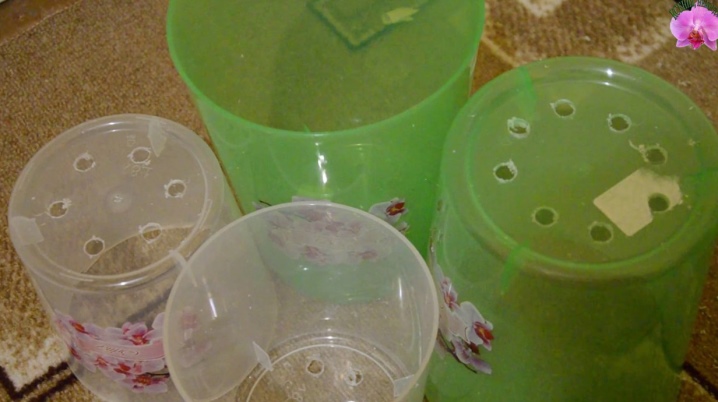
Growers believe that peat pots or peat tablets are best suited for growing eustoma at home. The latter are small washers of tightly compressed peat, which swells with moisture.
The advantages of such tablets are obvious - they contain essential vitamins and minerals for flower growth and can later be planted in large pots without picking.
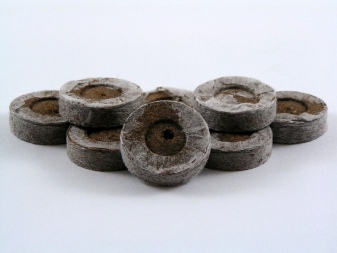
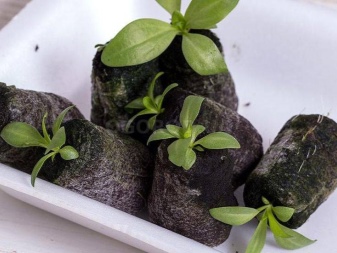
Lighting
In order for the eustoma to feel comfortable, this flower needs a lot of sunlight. In addition, the flowering period of this culture falls precisely in the winter period, and therefore the eustoma will require excellent lighting even in winter.
When choosing a place to install eustoma pots, you need to focus on open spaces on the south side of the apartment. If the plant does not have enough natural light in winter, autumn or spring, artificial lighting is provided with the help of phytolamps.

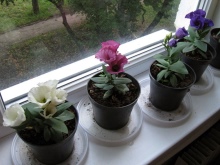
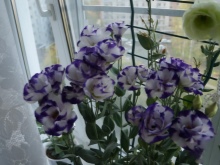
If we talk about Lisianthus seedlings, then for its active growth, at least 10 hours of good lighting is needed. When choosing a place, it is best to select window sills or loggias, however, the place should be free of drafts, and direct sunlight should not fall on the plant. They can burn the leaves of the plant and make the buds pale.
Despite the light-loving nature, indoor eustoma prefers coolness rather than heat, therefore, such plants are advised to be taken outside in pots in summer, placed on an open loggia or balcony with good ventilation, but without drafts.

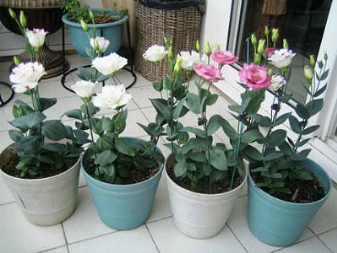
Care features
Indoor eustoma can hardly be called a picky plant - caring for this flower includes many small but important nuances, if not observed, the eustoma can simply wither.
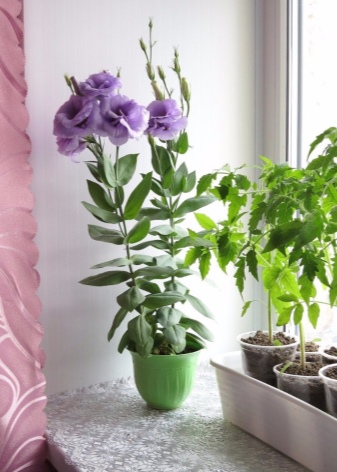
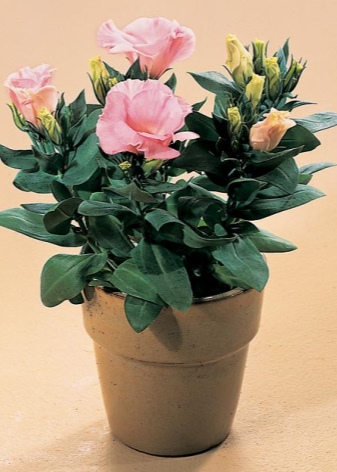
Watering
In the case of Lisianthus seedlings, watering should be not so much abundant as moderate. It will be better if the plant receives less moisture than to suffer from stagnant water. When watering the eustoma, you need to focus on the drying of the soil in the near-stem circle of the flower.Watering is carried out if the soil has dried to a depth of 2 cm.
The watering procedure itself will be most reasonable in the evening or in the morning. During watering, try not to get water on the leaves of the seedling, so as not to provoke the appearance of burns.
Particular attention should be paid to the temperature of the water - it should be warm, settled.
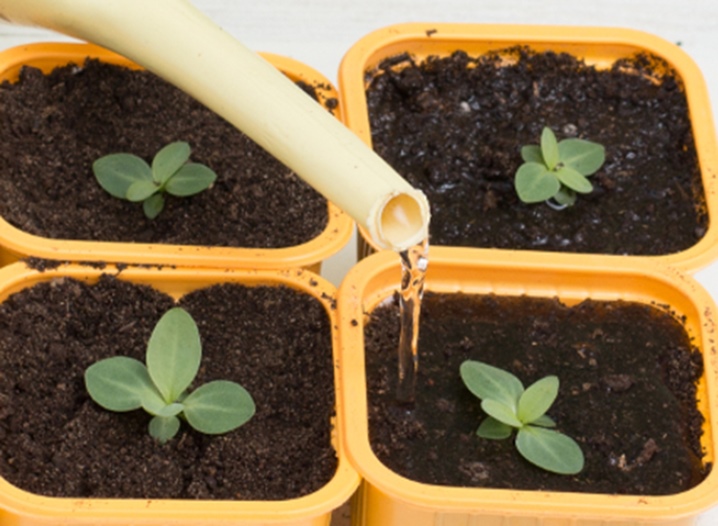
As for very young eustoma seedlings, watering is carried out at least 1 time per week - the container with flowers is covered with a film or glass to form a favorable microclimate and temperature. After abundant watering, condensation will form on the film, which must be removed immediately.
If the seedlings are grown in peat tablets, water is added to the container with the tablets, and not to the plates themselves. Since the tablets are a thin layer of earth, watering is carried out immediately after they dry.
When the dormant period begins for the flower, the number of waterings should be reduced to 1 time per month.
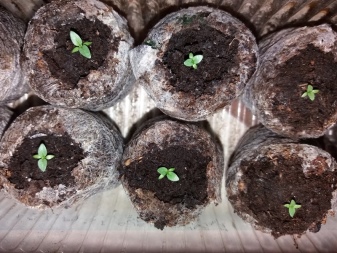
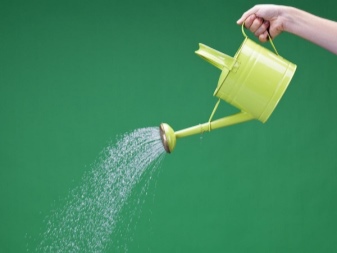
Top dressing
For abundant flowering and strong immunity, eustoma simply needs nutritious and regular fertilizers. Liquid types of fertilizers with a large amount of potassium and phosphorus are best suited for feeding this crop.
When applying a certain fertilizer to the soil, determine the required doses, which should be indicated on the package.
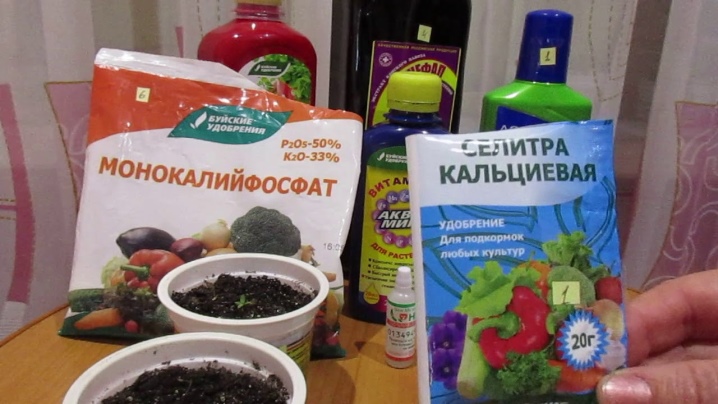
The very first feeding of this plant is carried out at the time of the first emergence of seedlings - this happens approximately 2 weeks after planting the seeds in the container. The first feeding must necessarily include fertilizers containing nitrogen - it stimulates root growth and increases the amount of greenery. Potash and phosphorus fertilizers should be applied to the soil after transplanting into a permanent pot (after a pick or when the seedlings have 5-6 full leaves).
All other feeding of this flower should take place only during certain important periods of growing seedlings: during flowering, after illness or during active growth. During the dormant period, fertilizers cannot be applied to the soil.
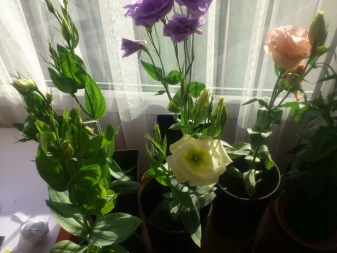
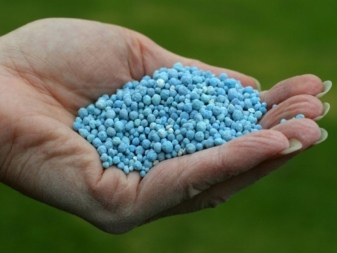
Dormant period
The dormant period is considered to be the time period after the flowering of the eustoma. During this process, the flower is cut off and then transferred to a room with a low temperature (not higher than +15 degrees). Watering frequency at this time is reduced to 1 time in 3 or even 4 weeks. Any feeding and fertilization during this period is not applied to the plant pot.
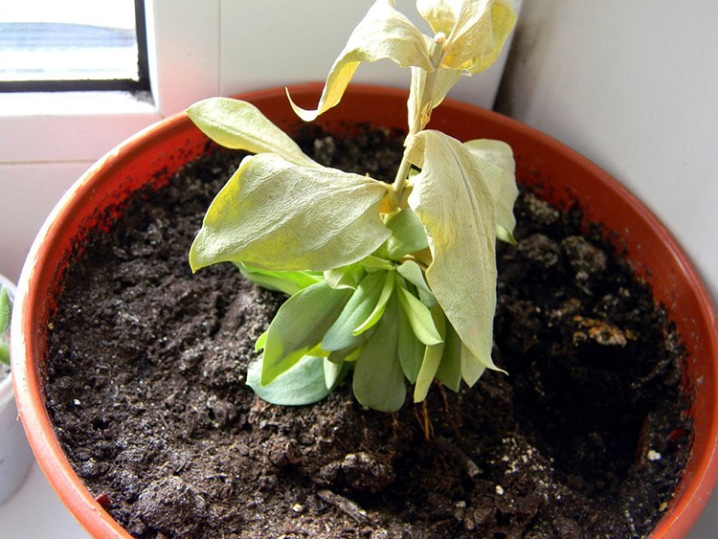
Pruning
This procedure is not carried out by all breeders, which is a serious mistake. Timely pruning of eustoma helps to get rid of dry branches and buds, which stimulates the growth of new flowers and has a beneficial effect on the decorativeness and appearance of the plant.
When pruning this flower, it is important to leave a few internode shoots intact. Pruning is carried out after the onset of the dormant period.

How to grow from seeds step by step?
Most often, eustoma is grown from seeds with the help of peat tablets, and therefore it will be useful to consider this planting method step by step. From the point of view of plant breeders, this method is considered the safest, since in the future such tablets can be transferred directly into a permanent container without picking. Below we will consider the features of a Lisianthus transplant.
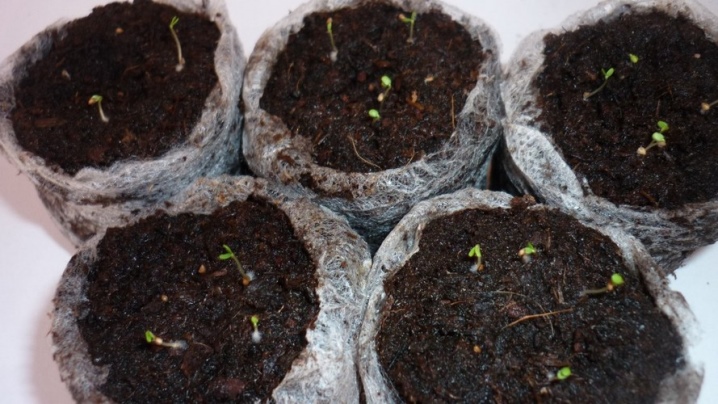
Landing
For this procedure, you will need a plastic pallet and a metal grate with small windows. The grate is needed in order to keep the peat tablets directly above the water and not allow moisture to linger at the roots of the sprouts.
- The tray is filled with water or a solution containing a growth stimulant. Here you can also add other mineral or nitrogen fertilizers, as well as protective agents that disinfect the soil.
- The tablets are placed on the grid in such a way that the grid itself barely touches the surface of the water.The tiles should be placed on a lattice at a distance of 5–7 cm from each other - this is necessary so that the fungus from diseased flowers does not spread to other seedlings.
- As soon as peat tablets swell from water, planting material should be sown. Up to 3 potted eustoma seeds can be planted in one tablet.
- The first shoots should appear in about 2 weeks. Strong shoots with developed leaves remain in the tablets, weak, diseased or underdeveloped ones are removed.
- A container with a grate is installed in a warm room with diffused light and covered with film or glass on top to create a favorable level of humidity.
- Every day, the container with seedlings is ventilated, while drafts and sudden temperature fluctuations should be avoided. Watering is done only if the tablets dry out.
- The shelter is removed from the container as soon as 4 full and healthy leaves appear at the seedlings. As soon as there are 5, 6 or more leaves, the sprouts are placed in separate containers for permanent storage. At the same time, peat tablets are transferred to a new place together with the plant.
- The procedure for planting seeds and subsequent transplantation to a permanent place is carried out in the evening.
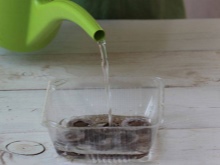
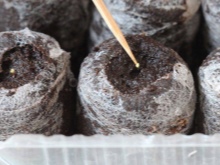
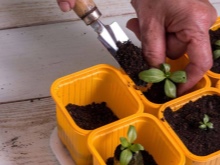
Transplant from a temporary pot
Unfortunately, transplanting eustoma is very painful and cannot take root in a new place for a long time. In addition, these plants are usually grown at home for no more than 2 years, and therefore transplanting as such is impractical. Usually, eustoma transplant is carried out only in 3 cases.
- When buying an eustoma in a store, the flower will need to be transplanted within the first 3 days.
- In rare cases, the root system of an adult flower fills the entire pot or container, forcing the owner to look for larger pots for further growing the flower.
- If eustoma seeds were not planted in pots, but in peat tablets or in large common containers, transplanting is also required.
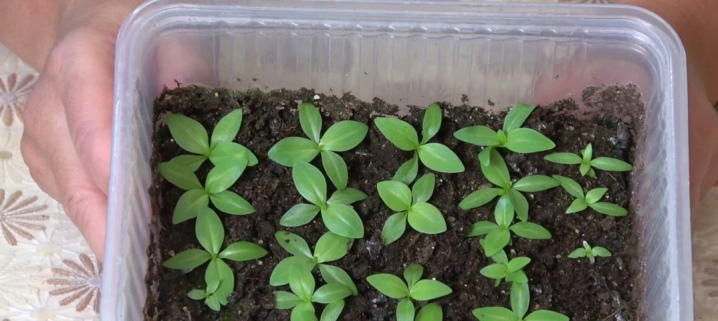
In any case, the transplantation procedure should be carried out only by the transshipment method - this means that the plant is transplanted to a new place along with the mother's lump of earth from the past pot. In the new place, the same conditions of care must be observed (the same lighting, the same regular watering and the external temperature of the room), while fertilizing the soil is mandatory to make it easier for the plant to take root.
To make the transshipment less painful, the flower is taken out of the pot with the help of a garden spatula. (remember to hold the bottom of the roots). To make the plant more free from the pot along with a clod of earth, it should be watered abundantly.
During transplantation and getting the maternal coma, try to have minimal contact with the flower stem and root neck.

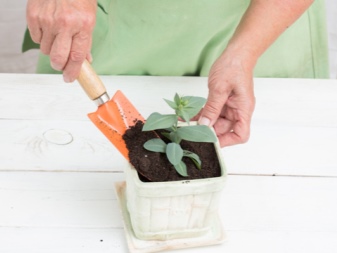
How to propagate by cuttings?
There is a very common myth that Lisianthus can be propagated by cuttings. Unfortunately, cuttings of these flowers are not able to germinate in a new place and do not form an independent root system. The same problem applies to reproduction by dividing the bush - the separated parts of this plant do not take root in new conditions and rot.
You should not trust sellers who guarantee that it is their variety of room eustoma that is propagated by cuttings - most likely, this is the most common deception, which only inexperienced gardeners are bought for.

Diseases and pests
In addition to the increased requirements for care, eustoma does not have a particularly strong immunity, which is why it becomes a frequent target for pests and fungal diseases. Most often, the plant is affected by the following ailments.
- The flower withers. A wide variety of reasons: from insufficient watering and irregular feeding to the development of a fungal disease.
- Gray spots. The cause of the appearance of gray spots with a characteristic fluff can be the so-called gray rot - a fungal disease that very quickly spreads throughout the flower and infects the plants standing nearby.
- Lack of flowering. A small number of buds or their complete absence indicates a lack of sunlight.
- Sharp wilting and yellowing. Excess sunlight or regular drafts.

If we talk specifically about the diseases and pests that affect lisianthus, then the following can be distinguished (some of them are characteristic only for eustomas grown in the open field, and not at home).
- Gray rot. A very common and dangerous disease that most often affects garden plants, however, it can be transferred to indoor eustomas through meadow soil. It is expressed in characteristic gray spots on the leaves and flower buds.
The most common cause of this fungus is excessive moisture levels. Gray rot is treated with any antifungal drugs.
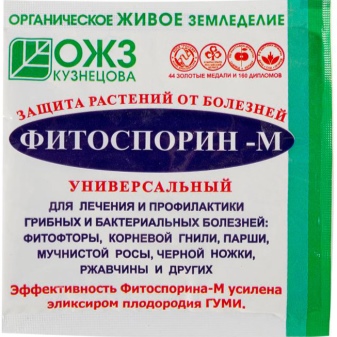
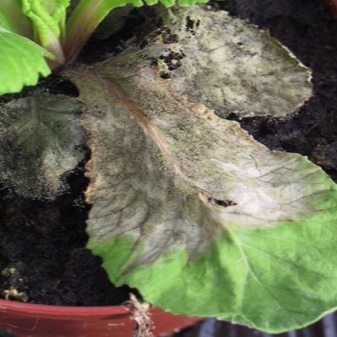
- Root rot. It develops mainly on the root system - the roots of the plant darken and dry out, while the development of the flower is suspended. The reason, as in the case of gray rot, is high humidity.
It is difficult to fight this disease and the flowers usually die, and therefore it is wiser to engage in the prevention and disinfection of the soil before planting seeds or sprouts in it.
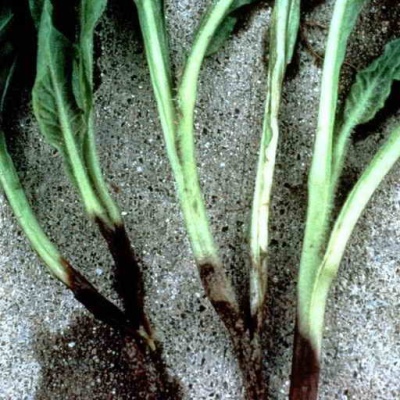
- Fusarium. It manifests itself in the form of large putrefactive spots and abscesses on the stem and leaves, after which the flower begins to wither rapidly. It makes no sense to fight the disease - it is easier to throw out the plant.
To reduce the risk of disease, the room with the flower should be regularly ventilated, and the humidity level should remain neutral and stable.
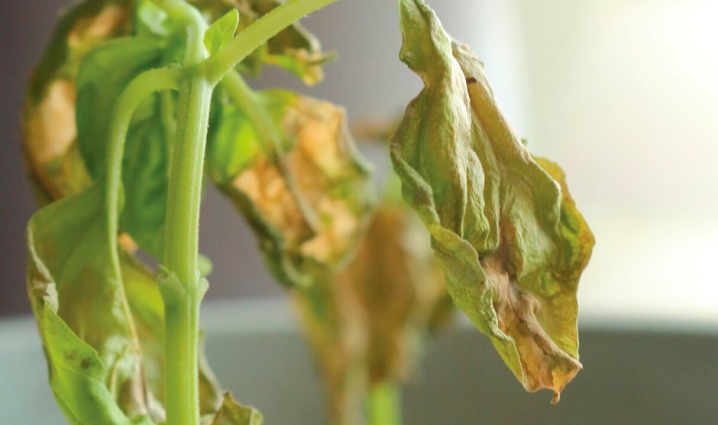
- Powdery mildew (false). It is expressed in yellowing and twisting of the leaf plates of the flower. Treatment is carried out in stages and includes a decrease in the number of waterings, a reduction in dressings and regular treatment of the flower with Bordeaux mixture or special preparations against downy mildew.
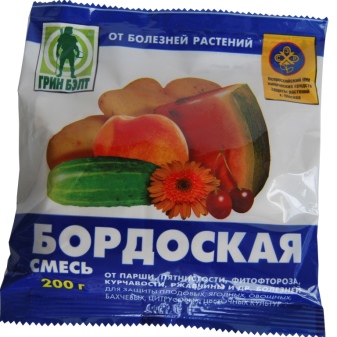
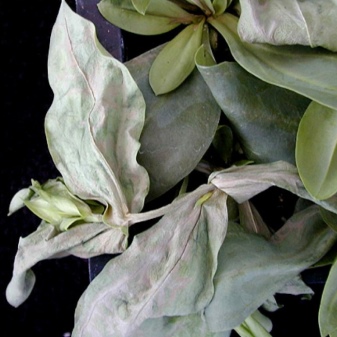
- Sclerotia. A very dangerous disease, which is expressed in the formation of a characteristic white cannon on the buds and leaves of a flower, while the so-called sclerotia form in the depths of the white web.
This disease cannot be treated, since it develops very quickly and spreads to other plants.

- Mosaic. Symptoms are the formation of mosaic dark dry spots on the leaves. Even professional drugs do not help in the fight against this virus.
It is best to destroy such a flower, disinfect the soil where it grew, as well as the tools for processing it.
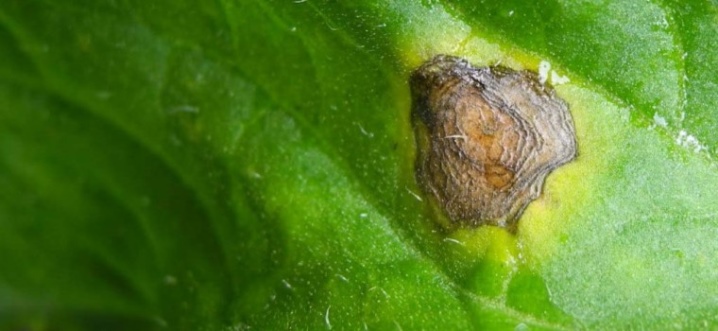
- Nematodes. They settle in the root system of Lisianthus and weaken the flower's immunity. The pests are removed by hand and the potted soil is treated with insecticides.
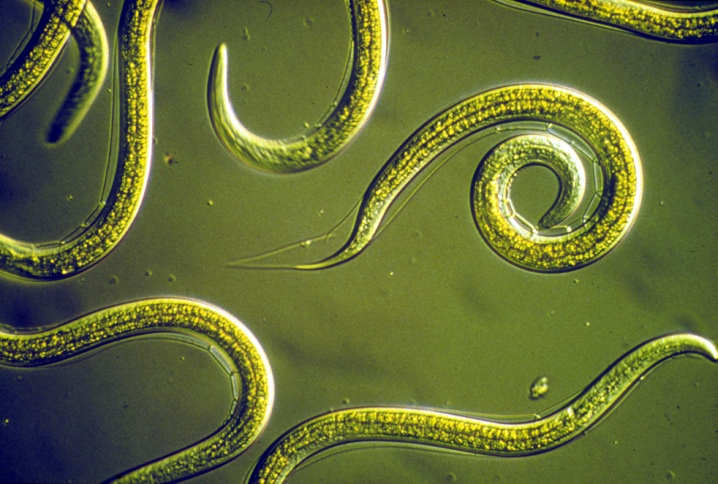
- Aphid. Forms whole colonies between leaves and flower buds, causing them to curl and dry out. It is removed by regular treatment with special aphid preparations.
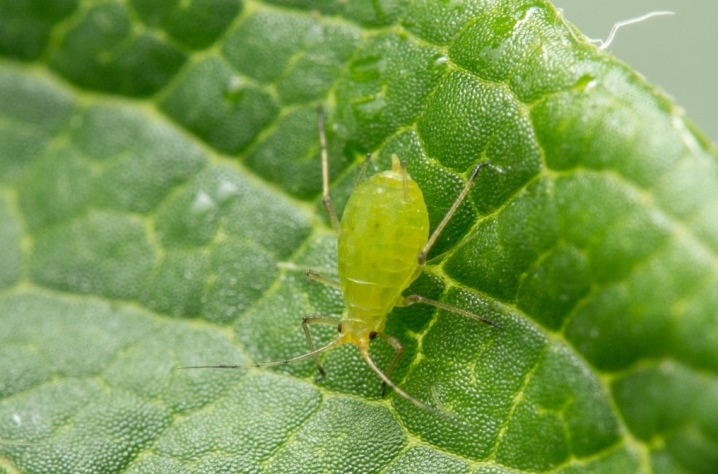
- Thrips. They are expressed in the manifestation of milky or light spots on the leaf plates of the eustoma.
In order to prevent the appearance of these insects, the plant is treated with fungicides before planting.
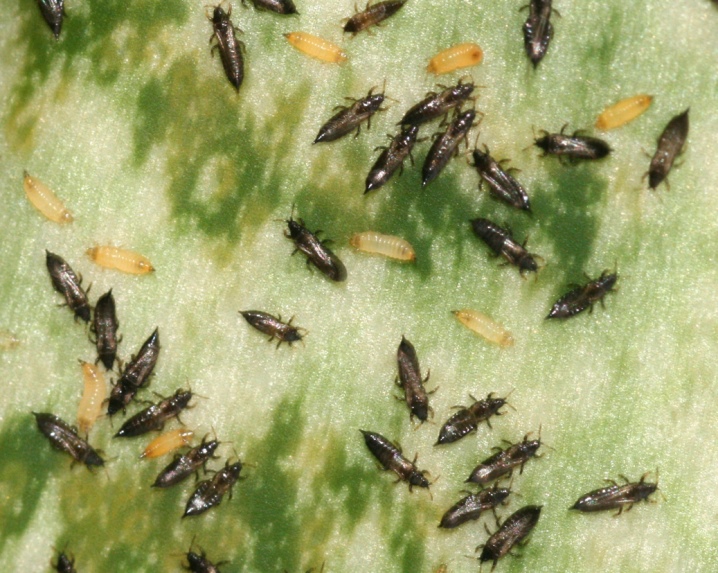
For information on how to grow indoor eustoma from seeds, see the next video.






































































































The comment was sent successfully.